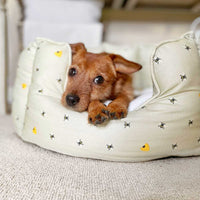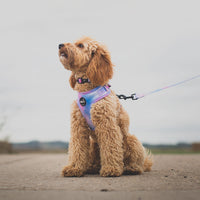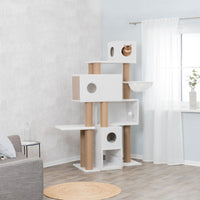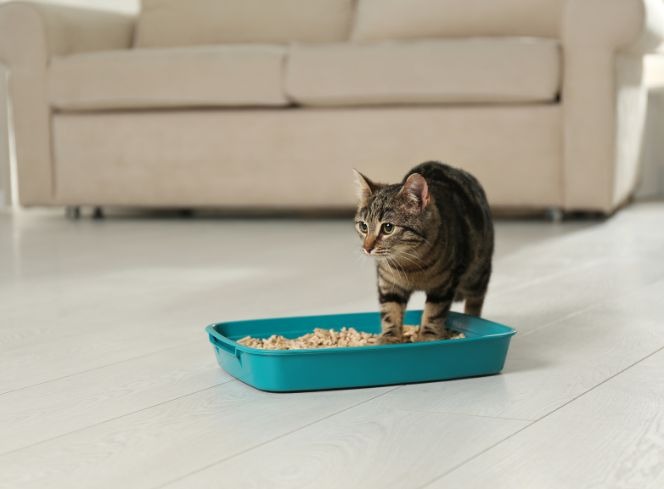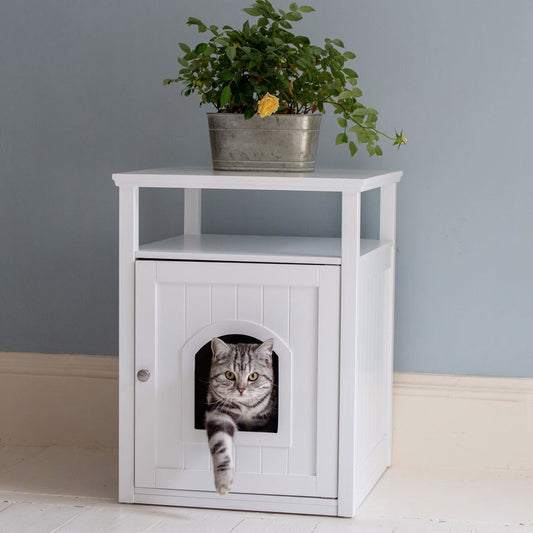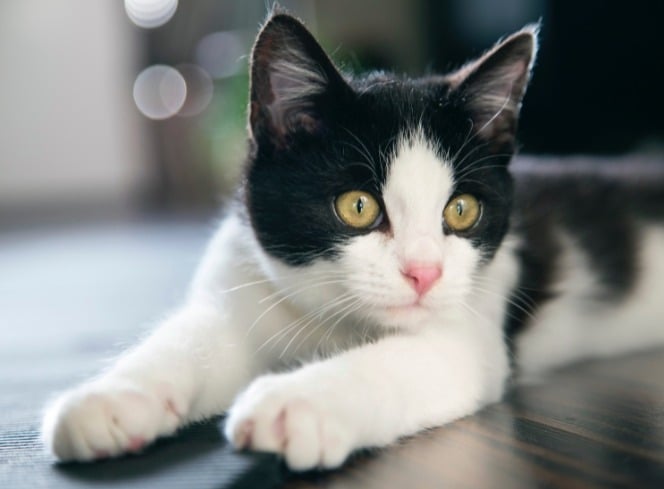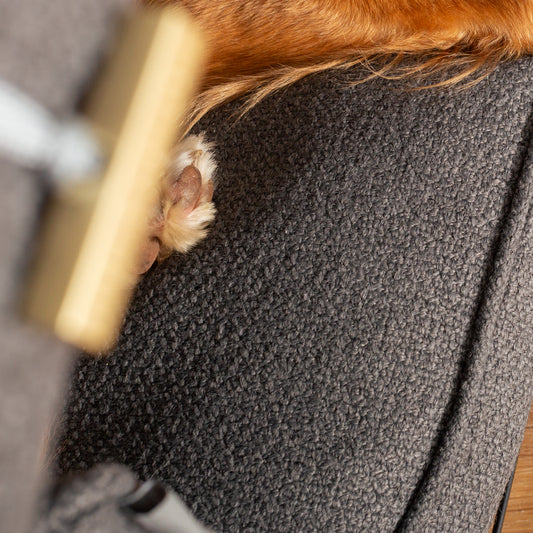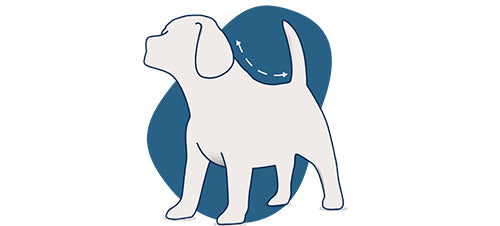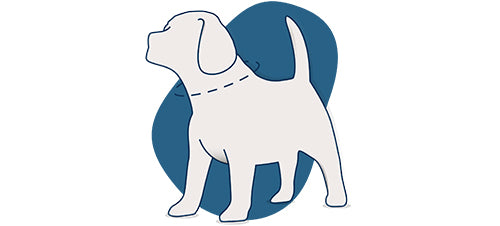For cat owners, a common challenge is dealing with the unmistakable odour that can emanate from the cat litter box. While we adore our feline friends, there's no denying that cat litter smell can be a real nuisance. Thankfully, there are several effective strategies to combat this issue and keep your home smelling fresh and clean. In this guide, we'll explore various methods to tackle cat litter smell and provide insights into the best cat litter tray options and odour absorbers.
Understanding the Cat Litter Smell

Before we delve into the solutions, it's important to understand why cat litter can sometimes become a source of unpleasant odours. The primary culprits behind cat litter odour are:
- Urine and Feces: Naturally, cat waste releases strong odours, especially when it decomposes. The longer it sits in the litter box, the worse the smell becomes.
- Bacterial Growth: Moisture and warmth in the litter box create an ideal environment for bacteria to thrive. These bacteria contribute to the unpleasant smell.
- Inadequate Ventilation: Poor air circulation can trap odours in the litter box area, making them more noticeable.
Now, let's explore how to combat these issues and prevent cat litter smell from permeating your home.
Tips to Stop Cat Litter Smelling

- Choose the Right Cat Litter: Opt for a high-quality, clumping cat litter that effectively absorbs moisture and locks in odours. Look for products labeled as odour-neutralising or unscented if your cat is sensitive to fragrances.
- Regular Cleaning: Scoop the litter box daily to remove clumps of urine and feces. This simple habit can significantly reduce odour buildup.
- Frequent Litter Replacement: Completely change the litter and clean the box regularly. Experts recommend doing this every 2-4 weeks, depending on your cat's usage.
- Litter Box Placement: Choose a well-ventilated location for the litter box. Adequate air circulation can help disperse odours.
- Use an Odour Absorber: Consider using a cat litter smell absorber, such as activated charcoal or baking soda, placed near the litter box. These substances can absorb and neutralise odours effectively.
- Invest in a High-Quality Litter Box: Some litter boxes are designed to contain and minimise odours better than others. Look for options with built-in odour control features or those with enclosed designs.
- Air Purifiers: Place an air purifier near the litter box area to help eliminate airborne particles and odours.
Best Cat Litter Tray for Smell
If you're in the market for a new cat litter tray with a focus on odour control, here are a few recommendations:
- Trixie Eco Vico Hooded Litter Tray - The Trixie Eco Vico Hooded litter tray allows your litter area to be enclosed, preventing litter been scattered. It also allows a private area for your cat and keeps a litter tray out of sight. Cleaning the tray is also easy, just remove the hood by releasing the click clasps.
- Lords & Labradors Cat Washroom & Litter Tray - The Lords & Labradors Cat Washroom is a multi-functional pet house that can be used for cats or small breed dogs. Use with a litter tray to turn the Washroom into an attractive cat loo. The Washroom will hide unsightly litter trays and also contain any litter that escapes the tray when your cat covers her business.
- Catit Hooded Litter Tray - The Catit Hooded Litter Tray will offer your cat privacy when they need to relieve themselves as well as keep the litter contained when they cover their business. The litter pan comes in two sizes for different sized breeds and featuring a handy carry handle for easy cleaning. Designed in a stylish shade of grey to suit all interiors.
Cat litter smell doesn't have to be an ongoing battle for cat owners. By implementing a combination of the tips mentioned above, choosing the right cat litter, and investing in an effective cat litter tray, you can significantly reduce or even eliminate unwanted odours in your home. Remember, consistent maintenance and cleanliness are key to keeping your feline companion's restroom area smelling fresh and ensuring a pleasant living environment for both you and your cat.


























































